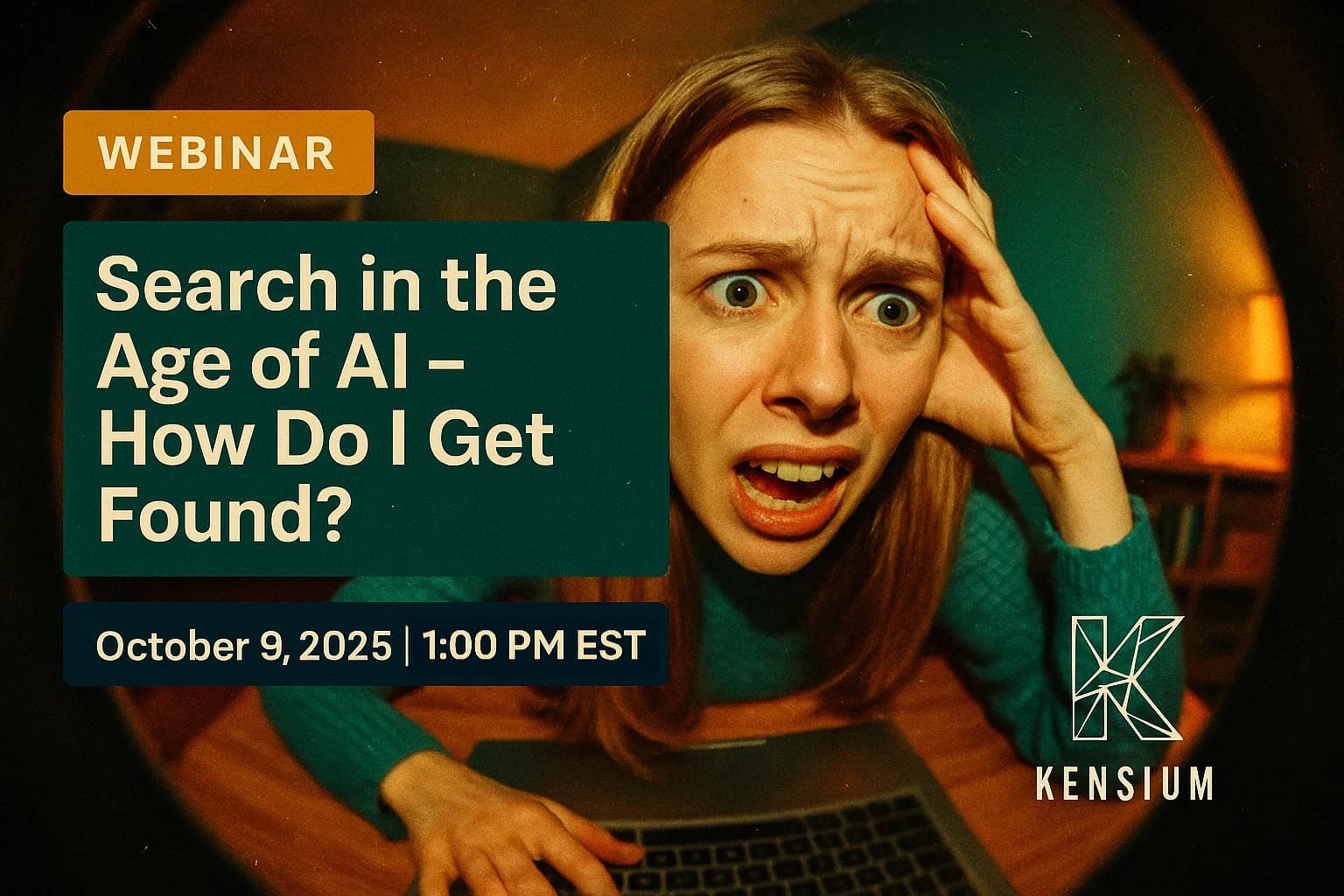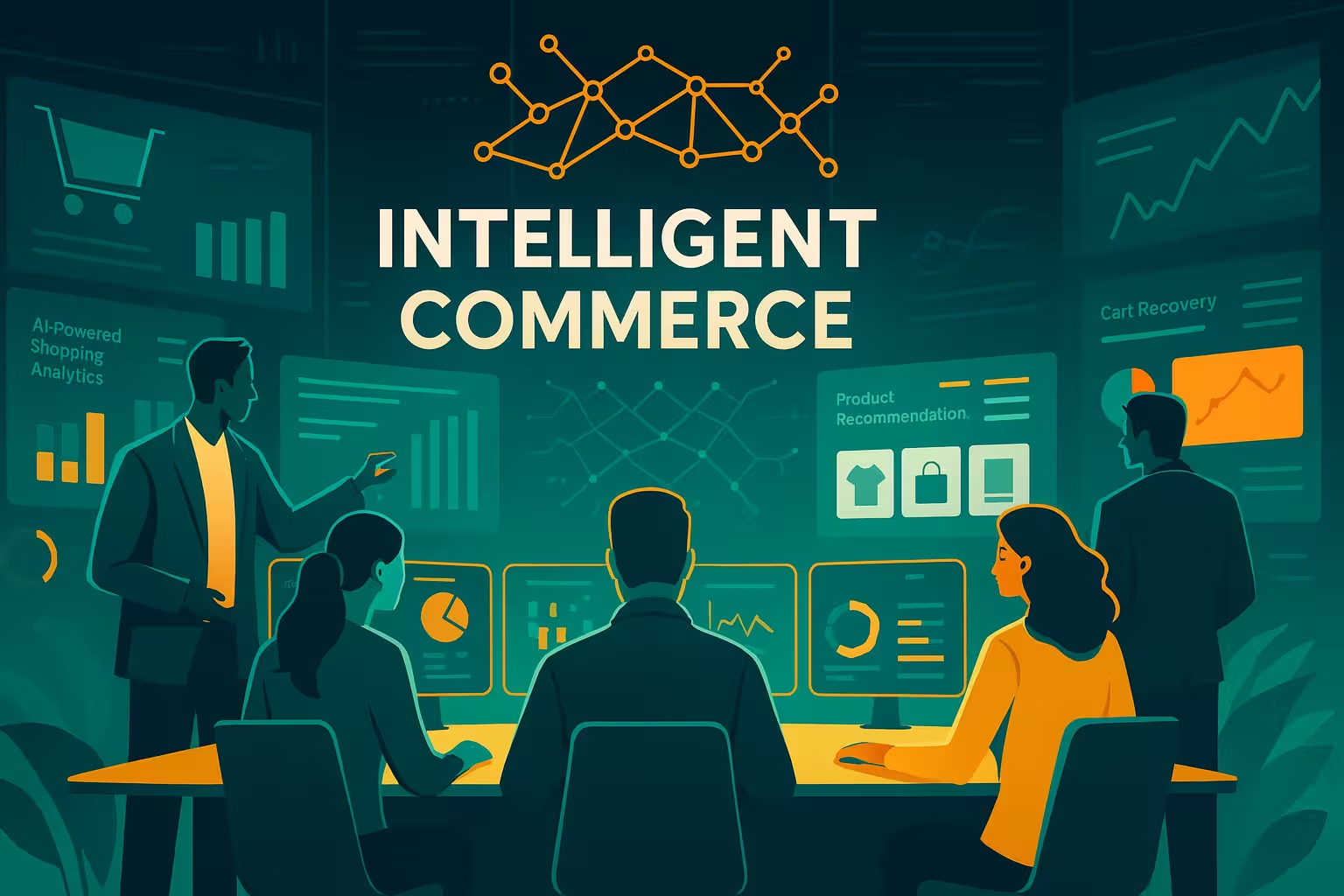
Website content, and especially blogs, are one of the most common and effective ways to communicate with customers and increase search engine relevance. AI has provided us with a shortcut to content creation. This AI shortcut has some pros and cons that we’ll discuss in this article.
On a website blog or news page it’s common practice to display the date of each published article. Here’s the thought process of a potential viewer and search engine when reviewing a website’s blog section:

This light-hearted example shows that both humans and search engines find value in consistently produced content that provides valuable information.
“Companies with blogs produce an average of 67% more leads monthly than companies that don't blog. (DemandMetric)"
With the advent of AI, the old excuse of “I don’t have time to write a blog article” is not as valid as it used to be. With the right prompts, an AI can generate a reasonable blog within a few seconds. But using AI to write blogs has both advantages and disadvantages. Here's a balanced look at the pros and cons:
Pros of AI Written Articles
1. Efficiency and Speed
Pro: AI can write content much faster than humans, allowing for rapid production of blog posts. This is particularly useful for businesses that need a high volume of content.
2. Cost-Effectiveness
Pro: AI can reduce the cost associated with hiring writers or content creators, especially for repetitive or straightforward content.
3. Consistency
Pro: AI ensures a consistent tone, style, and quality of content, which is beneficial for maintaining a cohesive brand voice.
4. Data-Driven Insights
Pro: AI can analyze large amounts of data to identify trending topics, relevant keywords, and audience preferences, which helps in creating content that is more likely to engage readers.
5. Scalability
Pro: AI can easily scale content production to meet increasing demands, allowing businesses to expand their content marketing efforts without proportional increases in human resources.
Cons of AI Generated Articles
1. Lack of Creativity and Originality
AI-generated content may lack the creativity, nuance, and originality that human writers bring. This can make the content feel generic or uninspired.
2. Quality and Accuracy Issues
AI may produce content with errors, misinformation, or irrelevant details. It may not always understand context or nuance, leading to inaccuracies. AI might struggle with complex or specialized topics that require deep understanding or expert knowledge, resulting in superficial or incorrect content.
3. Ethical Concerns
Using AI to write content raises ethical issues, such as the potential for plagiarism or the creation of fake news. It also raises questions about the authenticity of the content.
4. SEO Limitations
While AI can help optimize for SEO, it may not always keep up with the latest search engine. Depending solely on AI, you may miss out on current algorithms and trends, potentially leading to less effective SEO strategies over time.
5. Dependency on Data
AI's effectiveness depends heavily on the quality and quantity of data it is trained on. Poor or biased data can lead to subpar content.
6. Perception of Trustworthiness and Credibility
Readers often value content that reflects human thought, perspective, and originality. If a reader suspects that the blog was AI generated, the validity of the blog content will be reduced in the reader’s eyes. Although the AI pulled content from many relevant online sources, it still has the perception of being “computer generated” and therefore devoid of human opinion, point-of-view and originality. It becomes less relatable.
"Websites with active blogs have 434% more indexed pages and 97% more inbound links than those without.” (BKA Content)
Best Practices When Using AI to Create Blogs
AI can be a valuable tool for generating blog content, offering significant benefits in terms of efficiency, cost, and scalability. However, as noted above, it is not without its drawbacks. For the best results, many businesses use AI to assist human writers rather than replace them entirely, combining the strengths of both approaches. Here are some keys to creating the best results.
Don’t rely on an AI to blindly write a blog without providing it with basic content structure, and points of view. This along with a carefully worded prompt will result in a good draft article.
Try alternate prompts to help flesh out more details that you can add to support the base article.
Prime the AI with previous articles that your business has produced so it can better emulate the structure and voice that your customers are familiar with.
Above all – have a subject matter expert review and edit the draft blog to make sure it is accurate and relatable.
Don’t forget to use graphics that support your content. Relevant graphics and diagrams are valuable because they will improve readability and engagement. Graphics can also enhance SEO and be posted to social media channels.
Content is a critical piece of a business's communication and marketing strategy. If your business or organization needs help with high-quality content and the multitude of additional marketing channels required for relevancy, contact Kensium’s marketing experts for a no-cost consultation and evaluation.
Examples of AI Tools for Blog Generation
1. GPT-3 (by OpenAI):

Generates human-like text and can write blog posts, articles, and other content. It’s powerful but may require human editing for accuracy and quality.
2. Jarvis (formerly Conversion.ai):

An AI writing assistant that helps create content for blogs, social media, and other marketing materials.
3. Copysmith:

Designed to write marketing copy, including blog posts, with a focus on speed and efficiency.
Related Insights from Kensium
- AI-Powered ERP Gartner Research on the Future of Enterprise Systems
- Proven Ways AI Boosts ROI in B2B eCommerce Marketing
- Achieve Higher Rankings Using AI-Powered SEO Analytics
- Is AI the Future of Blogging What You Need to Know








.png)



.jpeg)









